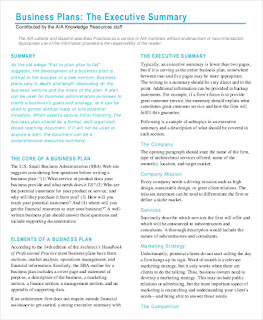Three Problems with the Articles of Confederation
Introduction
The Articles of Confederation, the first constitution of the United States, served as the governing document during the early years of the nation's existence. However, it soon became evident that the Articles had significant flaws and limitations that hindered the effectiveness of the government. This article highlights three major problems with the Articles of Confederation.
1. Weak Central Government
The Articles of Confederation established a weak central government with limited powers. There was no executive branch or national judiciary. The government lacked the authority to enforce laws, regulate commerce, or collect taxes efficiently. This led to a lack of unity among the states and ultimately proved to be detrimental to the country's stability and growth.
Under the Articles, each state retained its sovereignty, resulting in a confederation rather than a strong, unified nation. This lack of a strong central authority led to conflicts among states, such as competing trade regulations, currency issues, and disputes over boundaries. It became evident that a stronger federal government was necessary to ensure the smooth functioning of the nation.
2. Inadequate Economic System
The Articles of Confederation failed to provide a stable and effective economic system for the new nation. The government had limited power to regulate trade and couldn't impose tariffs on imports or exports. States were allowed to impose their own tariffs, resulting in economic barriers between them.
Furthermore, the central government had no authority to levy taxes directly on individuals or states. The government relied on voluntary contributions from the states, but many states were unable or unwilling to pay their share consistently. The lack of a reliable source of revenue severely hampered the government's ability to fund its operations, pay off debts incurred during the Revolutionary War, and invest in infrastructure and defense.
3. Difficulty in Amending the Articles
One of the biggest shortcomings of the Articles of Confederation was the difficulty in amending the document. Unanimous consent from all thirteen states was required to make any changes to the Articles. This cumbersome process proved nearly impossible to achieve, as different states had varied interests and priorities. As a result, necessary reforms were often delayed or blocked entirely.
This inflexibility hindered the growth and progress of the nation. Issues such as representation, trade regulations, and taxation needed urgent attention, but the inability to amend the Articles hindered any effective solutions. This challenge highlighted the necessity of a more flexible constitution that could be amended and updated according to changing needs.
Conclusion
The Articles of Confederation were an important stepping stone in the formation of the United States, but their inherent flaws caused significant problems. The weak central government, inadequate economic system, and the difficulty in amending the Articles all undermined the effectiveness of the national government.
Recognizing these challenges, the Founding Fathers realized the need for a more robust and centralized government, leading to the drafting of the United States Constitution. The lessons learned from the failures of the Articles of Confederation greatly influenced the establishment of a stronger federal government that continues to govern the nation today.






